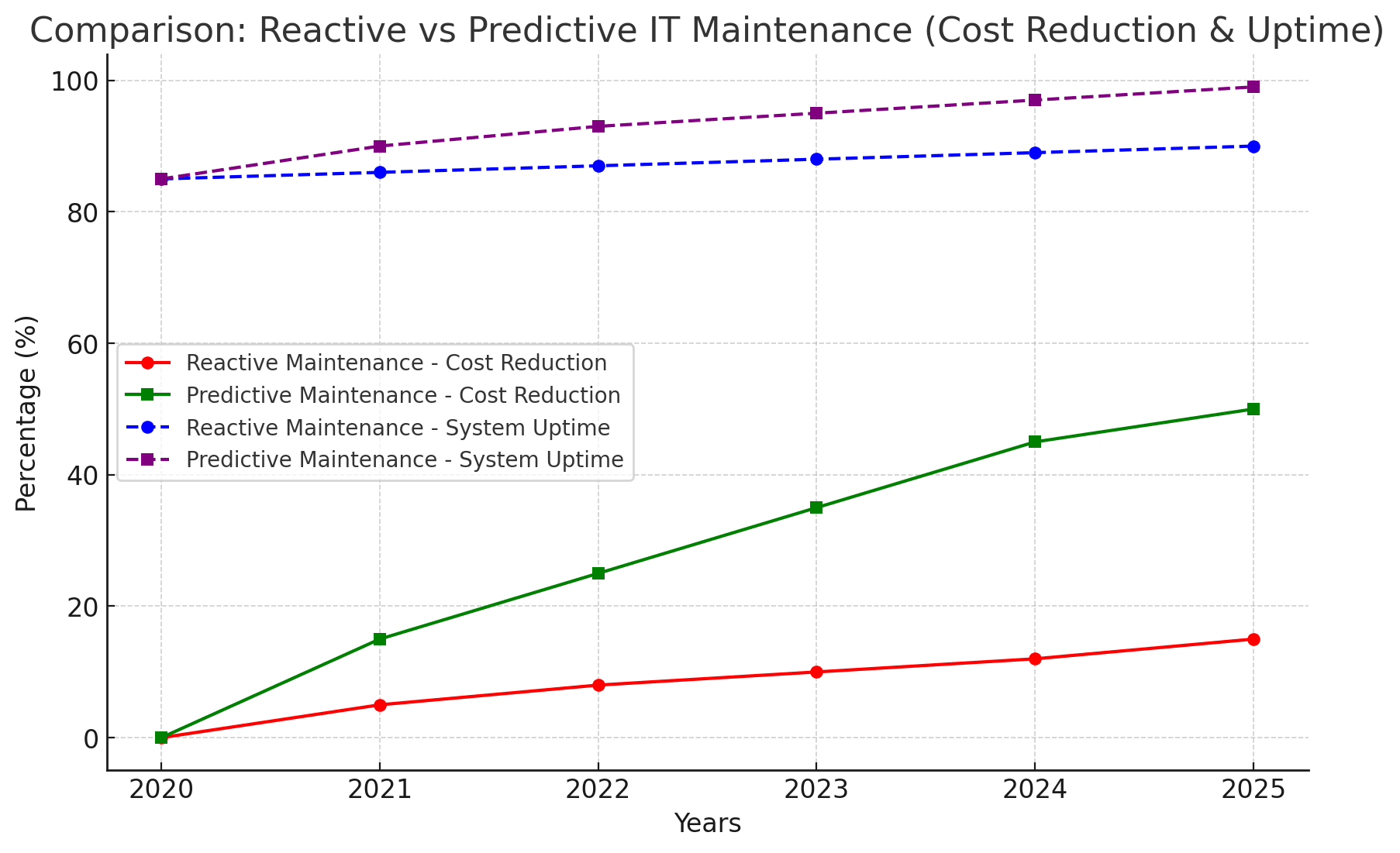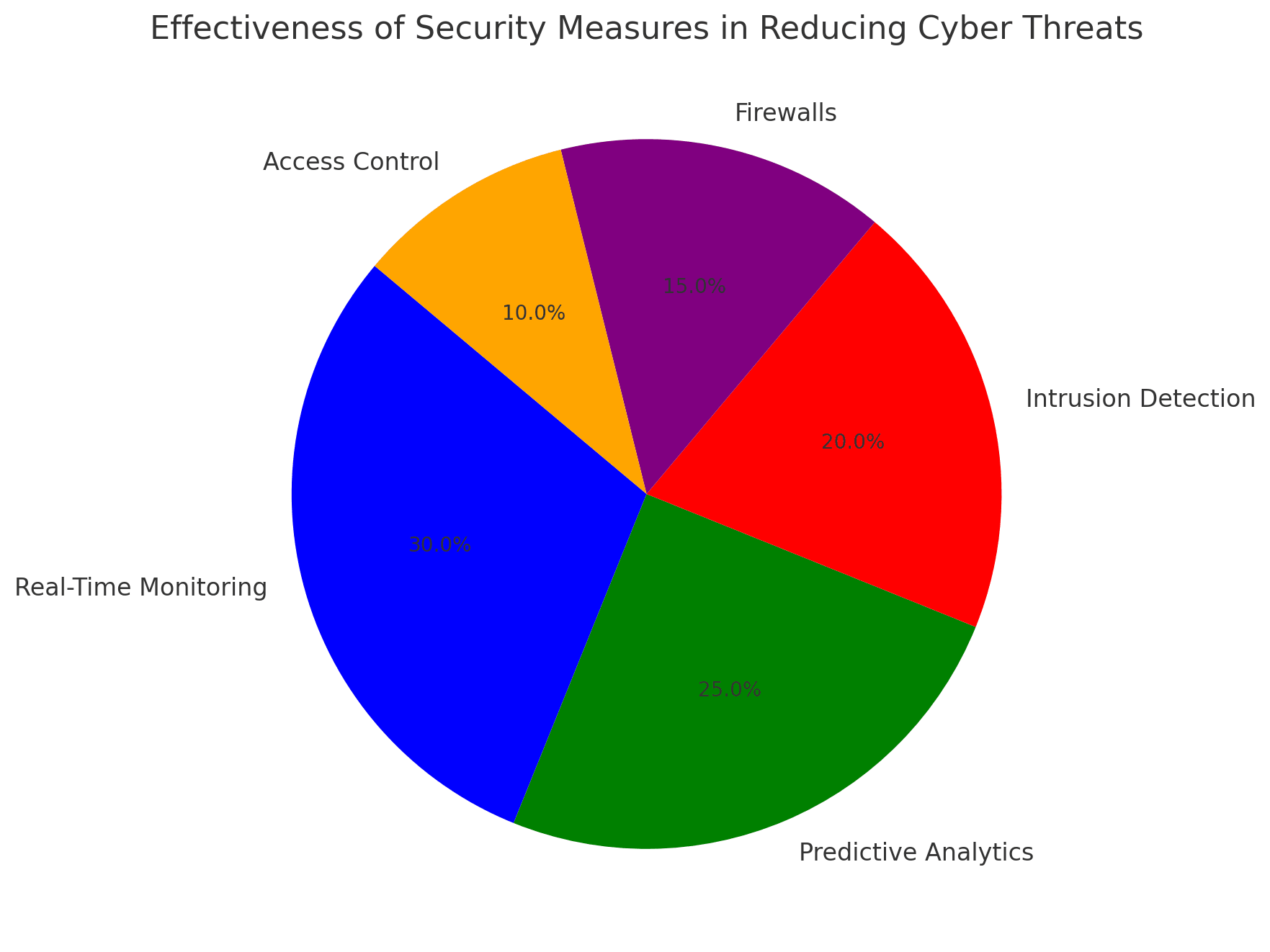In the modern business landscape, data is not just abundant; it’s transformative. With the rise of digital technologies and the exponential growth of data, companies are now facing the challenge of extracting meaningful insights from vast amounts of information. Big Data Analytics (BDA) is the key to unlocking this potential, empowering businesses to make smarter IT decisions, drive innovation, and gain a competitive edge.
What Is Big Data Analytics?
Big Data Analytics refers to the process of examining large and complex data sets to uncover hidden patterns, correlations, and trends, often using advanced technologies like machine learning (ML), artificial intelligence (AI), and cloud computing. It plays a crucial role in cybersecurity, software development, and IT infrastructure, helping organizations make data-driven decisions. Businesses leverage predictive analytics, data mining, and real-time processing to enhance customer experiences, optimize operations, and improve risk management. With the rise of IoT (Internet of Things), blockchain, and automation, Big Data Analytics continues to transform industries, making data security, algorithm efficiency, and AI-driven insights more critical than ever.
Big Data Analytics refers to the process of examining large and varied data sets—often from multiple sources—to uncover hidden patterns, correlations, trends, and insights. This data can come from both structured and unstructured sources, including customer interactions, social media, IoT devices, transaction histories, and more. The goal is to derive actionable insights that help organizations make better decisions, optimize operations, and enhance customer experiences.

In the context of IT, BDA can significantly enhance infrastructure management, application performance, security measures, and system optimizations. It gives IT departments the ability to make data-driven decisions that are faster, more accurate, and more informed.
How Big Data Analytics Improves IT Decision-Making
Big Data Analytics has transformed the way IT departments operate. By tapping into real-time data, companies can make more accurate and strategic decisions in several key areas:
1. Predictive Analytics for IT Maintenance
One of the most significant ways BDA is helping businesses make smarter IT decisions is through predictive analytics. By analyzing historical data and patterns, businesses can predict future events, such as system failures, hardware malfunctions, or performance bottlenecks. Predictive models can help IT teams preemptively address these issues, preventing costly downtime and improving system reliability.

Example:
A company using predictive analytics can monitor the health of its servers in real time. By analyzing factors such as CPU temperature, memory usage, and disk space, predictive models can signal potential failures before they occur, allowing IT teams to take corrective action before problems escalate.
2. Optimizing IT Infrastructure
With Big Data Analytics, businesses can optimize their IT infrastructure by analyzing usage patterns, system performance, and resource allocation. Data-driven insights help organizations make informed decisions about which systems or applications to upgrade, consolidate, or retire, leading to cost savings and improved efficiency.
For example, an organization may use data to identify which cloud storage services are most frequently accessed, ensuring that critical resources are adequately scaled to meet demand.

Example:
A retail business with a large e-commerce platform can analyze customer traffic patterns and scale its cloud infrastructure accordingly. During peak shopping seasons, such as Black Friday, the company can proactively increase resources to ensure optimal performance, while scaling down during off-peak periods to save costs.
3. Enhanced Cybersecurity with Data Analytics
Data breaches and cyberattacks are a growing concern for businesses of all sizes. Big Data Analytics plays a crucial role in enhancing cybersecurity by identifying unusual activity, flagging potential threats, and analyzing past security incidents. By integrating real-time data feeds, security analysts can use data to detect patterns of malicious behavior and respond more quickly to prevent breaches.

Example:
An IT department using Big Data Analytics can monitor network traffic and user behaviors across the company’s digital platforms. Suspicious activity, such as a sudden increase in login attempts from unknown locations, can be flagged in real-time, allowing the team to take immediate action to prevent a breach.
4. Real-Time Monitoring and IT Performance
Big Data Analytics enables real-time monitoring of IT systems and application performance. By analyzing performance data, IT departments can identify bottlenecks, track resource consumption, and make adjustments to improve overall system efficiency. This is especially useful in dynamic environments, where systems must adapt to changing conditions rapidly.
Example:
A financial services company with a complex IT infrastructure can use Big Data Analytics to monitor real-time performance data across its servers, databases, and network components. If any system component is showing signs of underperformance, the team can respond promptly to mitigate the risk of outages or performance degradation.
5. Data-Driven Decision-Making for Software Development
Software development teams can leverage Big Data Analytics to make smarter decisions throughout the development cycle. Data can be used to analyze code quality, user feedback, and application performance to guide development priorities. With insights drawn from user data, teams can quickly address bugs, improve user experience, and accelerate development timelines.
Example:
A software company could use Big Data to analyze user behavior within its application, identifying features that are frequently used or areas where users face difficulties. This data-driven approach allows the development team to focus their efforts on high-impact improvements.
Case Study: How Big Data Analytics Revolutionized IT for a Leading E-commerce Platform
One of the world’s leading e-commerce platforms, XYZ Retail, was facing significant challenges with server performance and user experience during high-traffic periods. With millions of customers visiting the site each day, system slowdowns or failures were unacceptable. The company’s IT team turned to Big Data Analytics to solve these challenges.
The Challenge:
During peak shopping seasons, the e-commerce platform experienced performance issues such as slow load times, cart abandonment, and customer frustration. XYZ Retail’s IT team needed a way to optimize performance without continually overhauling the infrastructure.
The Solution:
XYZ Retail implemented a Big Data Analytics solution that analyzed real-time data from millions of users and transactions. The system tracked user behavior, page load times, and server performance, identifying patterns and areas where system performance was under stress.
Results:
- Predictive Maintenance: The predictive models identified potential server failures before they occurred, allowing the IT team to proactively maintain hardware and prevent downtime.
- Optimized Infrastructure: By analyzing user traffic patterns, the company was able to dynamically adjust its cloud infrastructure to ensure optimal performance during peak periods, saving on costs during off-peak times.
- Enhanced Cybersecurity: The platform integrated Big Data Analytics with its security systems to detect unusual activity, flagging potential breaches before they escalated.
- Improved Customer Experience: As a result of the optimized infrastructure and faster load times, customer satisfaction improved, leading to higher conversion rates and fewer abandoned carts.
Conclusion: Making Smarter IT Decisions with Big Data Analytics
Big Data Analytics is more than just a buzzword—it’s a powerful tool that helps businesses make smarter, more informed IT decisions. By enabling predictive maintenance, optimizing infrastructure, enhancing cybersecurity, and improving system performance, BDA is revolutionizing the way businesses operate. As the volume and complexity of data continue to grow, Big Data Analytics will become even more essential in driving operational efficiency, improving customer experiences, and enabling faster decision-making.
For businesses looking to stay competitive in today’s fast-paced digital environment, harnessing the power of Big Data Analytics is no longer optional—it’s a strategic necessity.
FAQs
Big Data Analytics offers several key benefits, including predictive maintenance, optimized infrastructure, enhanced cybersecurity, improved system performance, and data-driven decision-making. These advantages help businesses make smarter IT decisions, reduce costs, and improve operational efficiency.
Predictive maintenance uses historical and real-time data to predict potential IT system failures before they happen. By addressing issues proactively, businesses can avoid costly downtime, reduce emergency repairs, and extend the lifespan of IT infrastructure.
Yes, Big Data Analytics enhances security by analyzing real-time data to detect unusual behavior, identify potential threats, and respond quickly to prevent cyberattacks. By leveraging data from multiple sources, businesses can build more robust security systems and safeguard sensitive information.
Big Data Analytics allows software development teams to gather insights from user behavior, bug reports, and system performance to guide development priorities. By analyzing this data, teams can improve code quality, address user pain points, and deliver software that meets user expectations more effectively.





